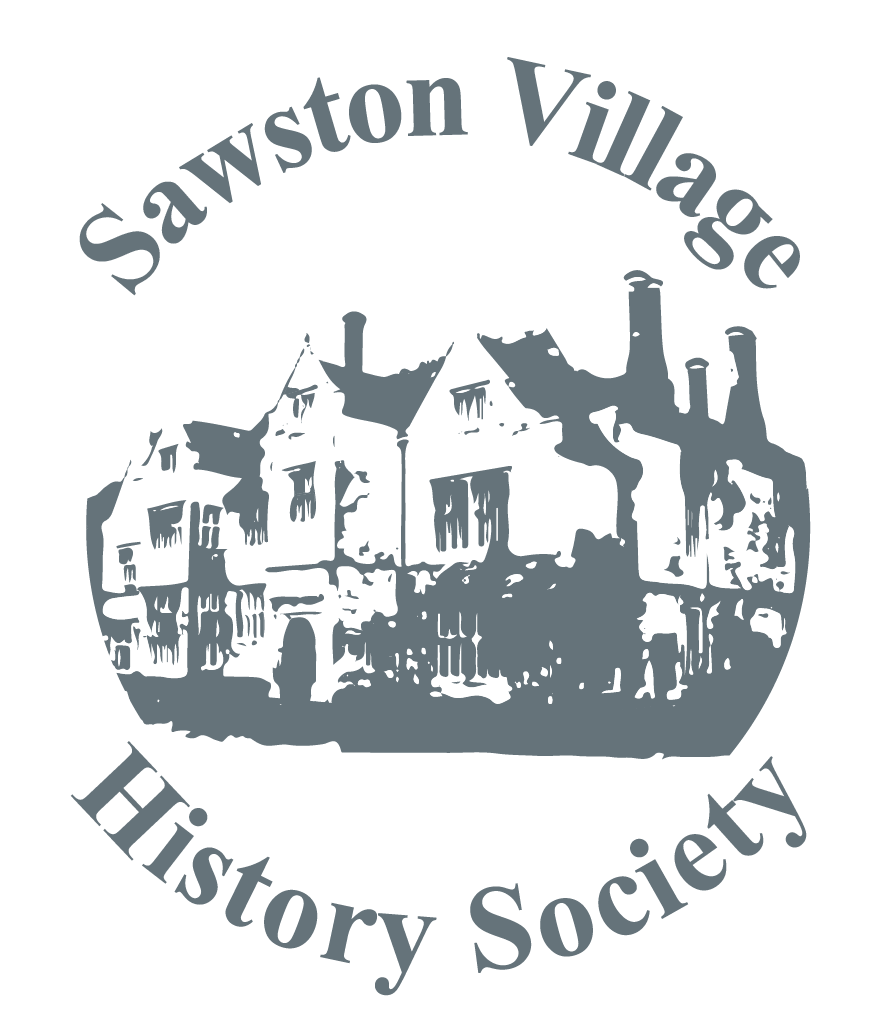
For what must be a first time, the guest speaker at our April meeting, Michelle Bullivant, gave every attendee a raffle ticket which were drawn during the interval. The fascinating subject of her talk was The lost Water Mills of Cherry Hinton.
There are several clues that suggest there was a water mill on the present Cherry Hinton site. Perhaps the most important being in the Domesday Book which reported four mills which, at that time, would have had to have been water powered: windmills had not been invented then. Significantly, the southern end of Cherry Hinton is known as Mill End. The water courses in the park are man-made and would very likely have taken water from Cherry Hinton to form two leats for carrying water to power the water mill. The enclosure map of 1806 shows these watercourses and three buildings next to them, which could have been the mills. Mill stones have also been found there. It is likely that there would have been a number of different mills on the site, not necessarily in exactly the same position. They would probably been built from clunch with a compacted chalk floor and a tiled roof.
Michelle talked about the considerable amount of leg work she carried out while carrying out this research, finding records in the archives of Nottingham and Essex and also in St Thomas’s Hospital, who owned land in Cherry Hinton.
Michelle had also involved children from a local school, St Bedes, to participate in an archaeological dig which provided further evidence for a water mill and a water conduit on the excavated site. They were supervised by qualified archaeologists from Active 8 Archaeology, of which Michelle is a founder member. The dig was carried out on the site of one of the buildings (now vanished) shown by the water course on the 1806 enclosure map.
Michelle also gave a brief history of Cherry Hinton Hall, which was built by John Okes in the 1830s. He also designed the park and lake by modifying the original mill watercourses. The original hall was described as “a small family mansion in the Elizabethan Style” and comprised a modest 10 bedrooms and four large reception rooms. Most of the original garden features, including a parterre, have now been lost, although the garden in front of the Hall is in a similar style. The hall is now owned by Cambridge City Council, who lease out the hall and grounds for certain functions including the now world famous Cambridge Folk Festival, held annually at the end of July.
Michelle had two interesting leaflets “The Lost Mills at Cherry Hinton Hall” and “Cherry Hinton Hall and Gardens” and I have borrowed from both in this report.
There are now hopeful signs that Sawston will soon have a Museum temporarily housed in the vacated estate agents office (just a few yards north of the Mary Challis house) and no doubt the SVHS will be actively involved, indeed we have a considerable collection of material, much of which could be shown in the new museum which will be called the Mary Challis Museum. You may well remember the small Museum we had in a room at the old Parish Council Office which we opened for one Saturday morning in each month. Hopefully, we will be able to have longer opening hours, but that naturally depends on the number of volunteers available. We are looking forward to having the Museum permanently housed in the Mary Challis House, after the necessary renovations have been completed.